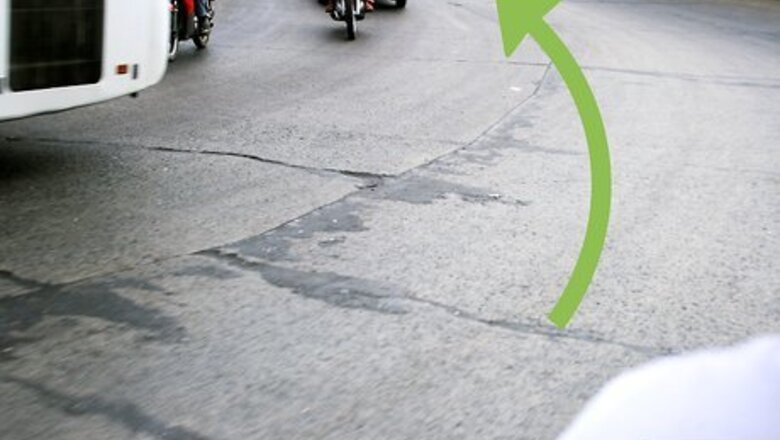
views
Taking Normal Turns on Your Motorcycle
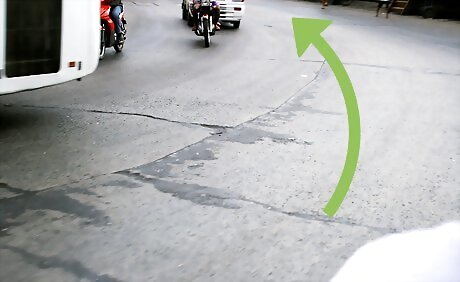
Judge the turn while it’s in the distance. The more information you know about the turn in advance, the safer you’ll be able to navigate this feature on the road. Sharper turns will often have a vanishing point where you cannot see any further in the turn. Note this point and be prepared for anything while approaching it. You’ll also have to gauge the angle of the turn so that when you reach it, you’re ready to match the angle in an easy, fluid turn. Some turns will get tighter or loosen up at surprising points, especially at the end of the turn. It can be difficult to predict the end of a turn due to the fact that most will be blocked from site by vegetation, the vanishing point, or other features, like traffic. You may have to make minor corrections at the end of your turn to account for this. Scope out as much of the turn as possible while approaching it. Keep your eyes on the oncoming road, and if possible, peer through foliage and obstacles to give yourself a better idea of what’s on the other side of the turn. However, don’t get too carried away. Straining to see through foliage can distract you from what is right before your eyes. Use roadside features to help gauge the angle of the turn. By looking at the angle formed by lamp posts, guard rails, safety walls, roadside signs, and so on, you can more accurately predict more of the angle than you can see. If you notice the roadside features beginning to cut a sharper angle toward the inside, the turn will also likely cut in this way.
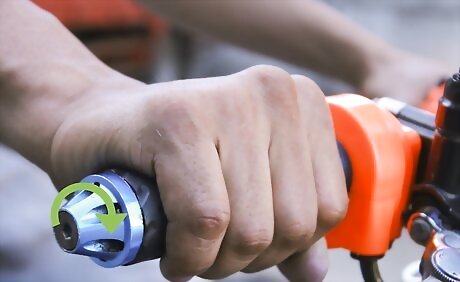
Reduce your speed as the turn approaches. Release the throttle to slow your speed and gently apply the brake, if necessary. You’ll want to be at the recommended speed for the turn, or as slow as you feel comfortable, before entering the turn. If it arrives more quickly than you expected, you may need to apply both the front and rear brakes simultaneously in order to slow down enough for the turn. If you are a beginner learning this process, you will need to reduce your speed much more than experienced riders. Practice on low-traffic roads. Be sure you downshift if your speed slows to the point where downshifting is necessary. The right gear for taking your turn will be one that easily allows you to coast through the turn and accelerate out of it. To gain a better sense of which gear you should use for a particular turn, you should choose a stretch of low-traffic road with turns that you know well. When the road is clear, approach the turn and slow your bike to shift into a lower gear than you typically use. Then repeat this exercise one gear higher than you would normally. While you’re in higher gears it will likely be more difficult to accelerate out of the turn.
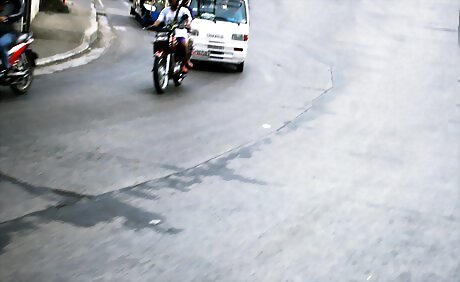
Check traffic conditions while approaching the turn. Your motorcycle is much smaller than most other traffic on the road, making it easier to miss than other cars. You’ll want to be sure the space around you, including your blind spot, is free of traffic that could be a hazard to you while turning. Note any cars that are driving erratically or accelerating dangerously; you may want to let these cars pass you or allow some cushion distance between you and potentially dangerous vehicles. Don’t make the mistake of relying solely on your mirrors. Your side view mirrors will likely be at least partially blocked by your elbows and/or sounders. This means that your mirrors won’t give you the complete surrounding view you’ll need to make your turn safely. Exercise caution when doing your head check of your blind spot. If you turn your head too far to look over your shoulder at the traffic behind you, you might end up turning your handlebars as well. This can dangerously throw off your balance while approaching the turn.Turn Safely on a Motorcycle Step 4 Version 2.jpg
To initiate and follow through a turn the "counter-steering" technique is recommended. It may not be intuitive, but you gently turn the wheel in the opposite direction of where you want to turn. Turning in the opposite direction causes the motorcycle to lean toward the direction you want to turn, and the geometry of the motorcycle and steering will cause it to follow through in the direction of the lean. Continue to apply light pressure away from the turn as long as you want to be in the turn. To straighten back out you do the opposite: turn the wheel more inwards towards the turn, causing the motorcycle to straighten up and allowing you to drive straight. You can practice the "counter-steering" technique in a large open area with no traffic and no pedestrians. Get a little bit of speed, preferably 20km/hour or faster. To turn right, gently push the right handlebar away from you (this will orient the wheel towards the left direction). Follow through the turn with continued gentle pressure on the right handlebar away from you. To stop the turn gently pull the right handlebar back in until the bike straightens fully. Avoid clinging to the handlebars too tightly. It can be uncomfortable for new riders to lean as deeply into a turn as might be necessary. The fear response this causes could leave you hanging onto the handlebars desperately. However, this will make the pushing force more difficult. Your lower body should be sufficient to keep you attached to the bike.
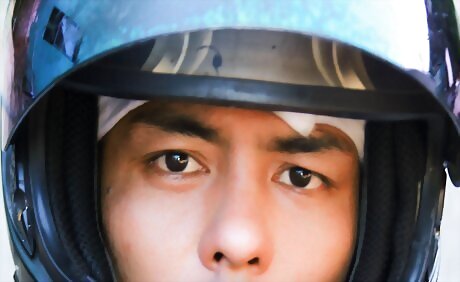
Keep your eyes focused on the oncoming roadway. Your eyes should remain level and be focused on the farthest visible point in the turn. This way, if any unforeseen conditions arise, you have as much warning as possible. However, don't be so focused that you lose awareness of objects in your peripheral vision. In sharp curves especially, where your bike will naturally lean more deeply into the turn, cars may have difficulty seeing your bike. In this case, your peripheral vision can save your life. Your vision will be limited by the pitch of your bike, the sharpness of the turn, and other roadside features, like trees and tall grass. This means your line of sight will be reduced than normal while in the turn, creating a vital need for you to pay attention to the oncoming road.
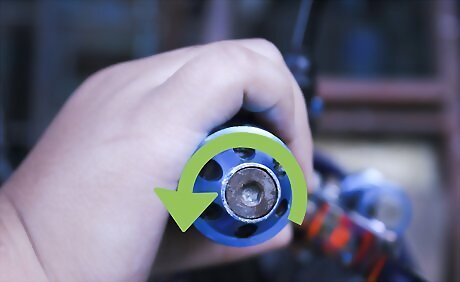
Increase the throttle at the halfway point or the last third of the turn. This will help your motorcycle upright itself while emerging from the turn. Allow your weight to become normally distributed again as you pull out of the corner and release downward pressure on your inside handlebar if you have been applying pressure there. Now that you’re through the turn, you may proceed along the road as would normally. Avoid throwing your weight one way or another while the forces acting on your bike cause it to become upright again. This can throw off the stability of your bike and cause an unnecessary accident.
Troubleshooting Turning on Your Bike
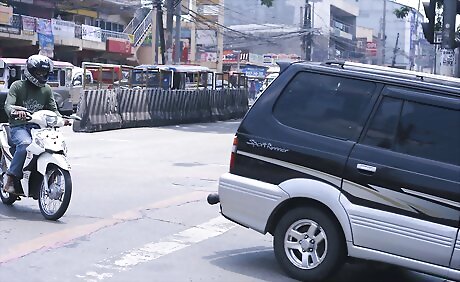
Realize that maximum speed in the turn isn’t your goal. It can be exhilarating to pull through a turn at top speed and sail through the end of it like a bullet, but this can be very dangerous for riders and other traffic alike. The goal of any turn when you are driving in normal traffic should never be a specific speed, but should instead be a clean, controlled, and safe turn with minimal to no corrections in speed or angle. As you become more and more experienced riding your motorcycle, you’ll find yourself more comfortable with taking turns. This will naturally result in higher speeds in the turn, but with your improved skills, these turns should be just as safe as those made at slower speeds. Keep your eyes aware of oncoming road conditions and your angle of turn an uninterrupted arc.
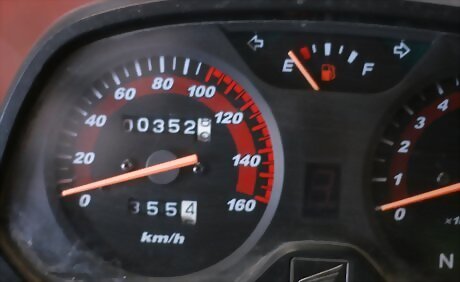
Identify when you are going too fast and make corrections. When entering your turn, if you feel an irresistible impulse to brake, close/turn down the throttle, or drive past the corner to avoid it, you are probably going faster than you should be. When you feel safe and comfortable on your bike, you have attained the right speed for the corner. The speed at which you should take a turn will depend on your bike, your stature, road conditions, and other factors, meaning that the “right speed” can vary considerably from person to person. Maintain a constant throttle. Letting off your throttle is not advised while in the turn, though if you do this, it is a fairly strong indicator that you have taken your turn at too high a speed. Instead, you should apply the rear brake lightly. This will cause your bike to steer into the corner more deeply without straightening. In an emergency situation where an unforeseen obstacle, like a child or tree branch, is in the road and you need to brake hard, you should pull your clutch and apply your front brake. You will need to continue pushing your bike into the corner to prevent you from losing control. For most people, this will involve pushing with the knee on the outside of your turn and your buttock on the same side.
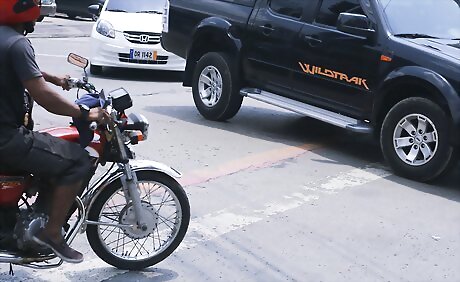
Stay calm in surprising turns and make adjustments. Some turns will be so sharp, or the natural features so thick and difficult to see around, that you won’t know what is coming next until you’re already in the turn. This may mean that you get a nasty surprise in the form of an obstacle or angle change later in your turn. When this happens, you’ll need to make slight corrections by steering out of the corner (in the opposite direction of the turn), and then adjust again soon after that to return your bike to lean into the turn. For large or irregular turns, you may need to make several of these corrections. When riding your bike into a corner, always be thinking ahead. In the worst-case scenario, you should know how you’ll respond. In some cases, this might mean steering your bike onto the shoulder or a safe patch alongside the road to miss a pedestrian. Even with turns you know well, you should be prepared to make adjustments to your turning just in case something unexpected happens. In the event your bike cuts too far along the inside or outside of the road, don’t panic. Cutting a corner to near or far can put you in dangerous proximity to oncoming traffic or obstacles, like a guardrail or safety wall. Analyze the angle of your turn and keep your eyes focused well ahead of you on the approaching road. This way, you’ll be ready to make corrections the instant you notice a need for one.












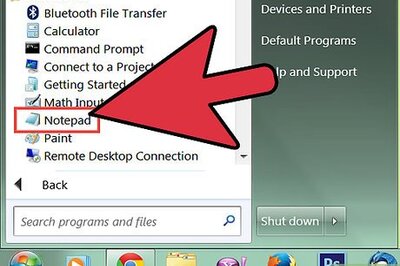

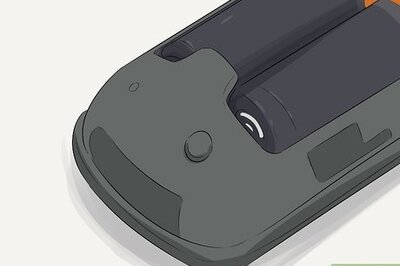


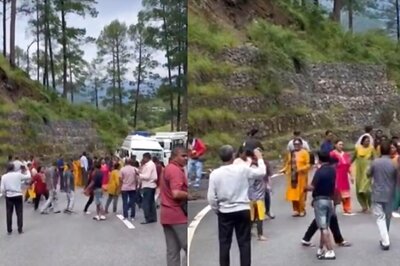

Comments
0 comment